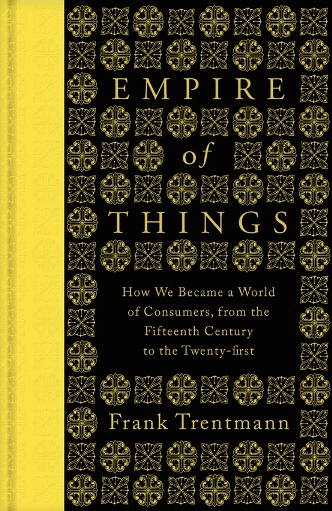 Dr Marjore Lorch from Birkbeck’s Department of Applied Linguistics and Communication talks to us about her recent investigation into the first recorded case of spasmodic dysphonia (SD) – a condition in which involuntary spasms in the tiny muscles of the larynx cause the voice to break up, or sound strained, tight, strangled, breathy, or whispery. The below interview is adapted from an interview given to the National Spasmodic Dysphonia Association and published in their newsletter Our Voice, 2016, 26 (1) 14-15.
Dr Marjore Lorch from Birkbeck’s Department of Applied Linguistics and Communication talks to us about her recent investigation into the first recorded case of spasmodic dysphonia (SD) – a condition in which involuntary spasms in the tiny muscles of the larynx cause the voice to break up, or sound strained, tight, strangled, breathy, or whispery. The below interview is adapted from an interview given to the National Spasmodic Dysphonia Association and published in their newsletter Our Voice, 2016, 26 (1) 14-15.
What did this piece of research entail?
Together with Dr Renata Whurr, I investigated the very first case of spasmodic dysphonia that is regularly cited in the current research literature. We found that the picture presented by this patient, translated from German in the 1870s, was not what it seemed. The clinical description was not consistent with our current view and it is likely that the patient didn’t actually have SD. Subsequently, we discovered that research by a British clinician, writing at the same time, contained observations very similar to our current characterization.
How did you get involved in historical research?
I was fortunate to have teachers throughout my training who stressed that the way to understand neurogenic disorders, observed clinically, was to go back and read earlier descriptions to understand how syndromes were characterized by the perspective of the observers which changed over time.
Can you explain how historical research impacts current and future research?
I believe that applied medical history can contribute important insights into current clinical issues. This method puts a spotlight on understanding the way assumptions, concerns and questions change over time and how that influences the types of answers that are pursued. This kind of approach may be particularly useful in making progress on points that have been debated over the years by analyzing the types of symptoms that have been considered central to different formulations in the past. For example, whether clinicians considered SD to be psychogenic or neurogenic has changed over time. To develop a more nuanced and detailed picture to drive forward future avenues of research, it is valuable to go back and review historical observations. It can be a source of inspiration to revisit previous hypotheses and characterizations. The benefit is that it may produce a reassessment of things that were held as unquestioned assumptions.
What drew you to spasmodic dysphonia research?
I began my involvement with spasmodic dysphonia research in the early 1990s through my work with Dr Renata Whurr who was head of Speech and Language Therapy at the National Hospital for Neurology and Neurosurgery at Queen Square London. Over the years we have collaborated on a variety of aspects regarding SD. Initially, this was focused on treatment. However, I later became interested in the linguistics aspects of the problem. We investigated how the vocal cord movement disorder interacted with the articulatory properties of different languages. One important finding drew attention to the fact that speakers with SD will have different vocal symptoms depending on what language they speak. For example, the diagnostic features of SD for English will not adequately describe the characteristics of French SD speakers. Put more simply, if you have SD, your symptoms will be slightly different depending on the language you speak.
What has surprised you the most about researching the history of spasmodic dysphonia?
When my colleague, Dr Whurr, and I went back to the original case of SD reported in the 1870s that is still cited today, we were amazed to find that the individual didn’t have a voice disorder that we would recognize as SD. This research revealed the common practice of perpetuating a reference to historical literature without necessarily going back to the source. The selection of emblematic cases is also influenced by the assumptions held by the researcher. Our work highlighted how a particular view of the past may be colored by present day biases. In this instance, a strong belief in Freudian psychology in the mid-20th century may have played a part in choosing a historical case that was formulated as “hysterical”. It also highlighted how more significant and worthwhile observations may not be promoted, because of social rather than scientific reasons. By reading the 19th century literature, we recovered important observations about SD that had been lost to posterity.
How do you think this research will help people with SD?
Our research has highlighted the contribution of the 19th-century clinician, Morell Mackenzie, who described the particular sound of a person’s voice, which will lead directly to the diagnosis of SD. This is of vital importance as there is often a long delay in diagnosing SD. It is important to recognize that changes in voice may be the only symptom of this neurogenic disorder.




